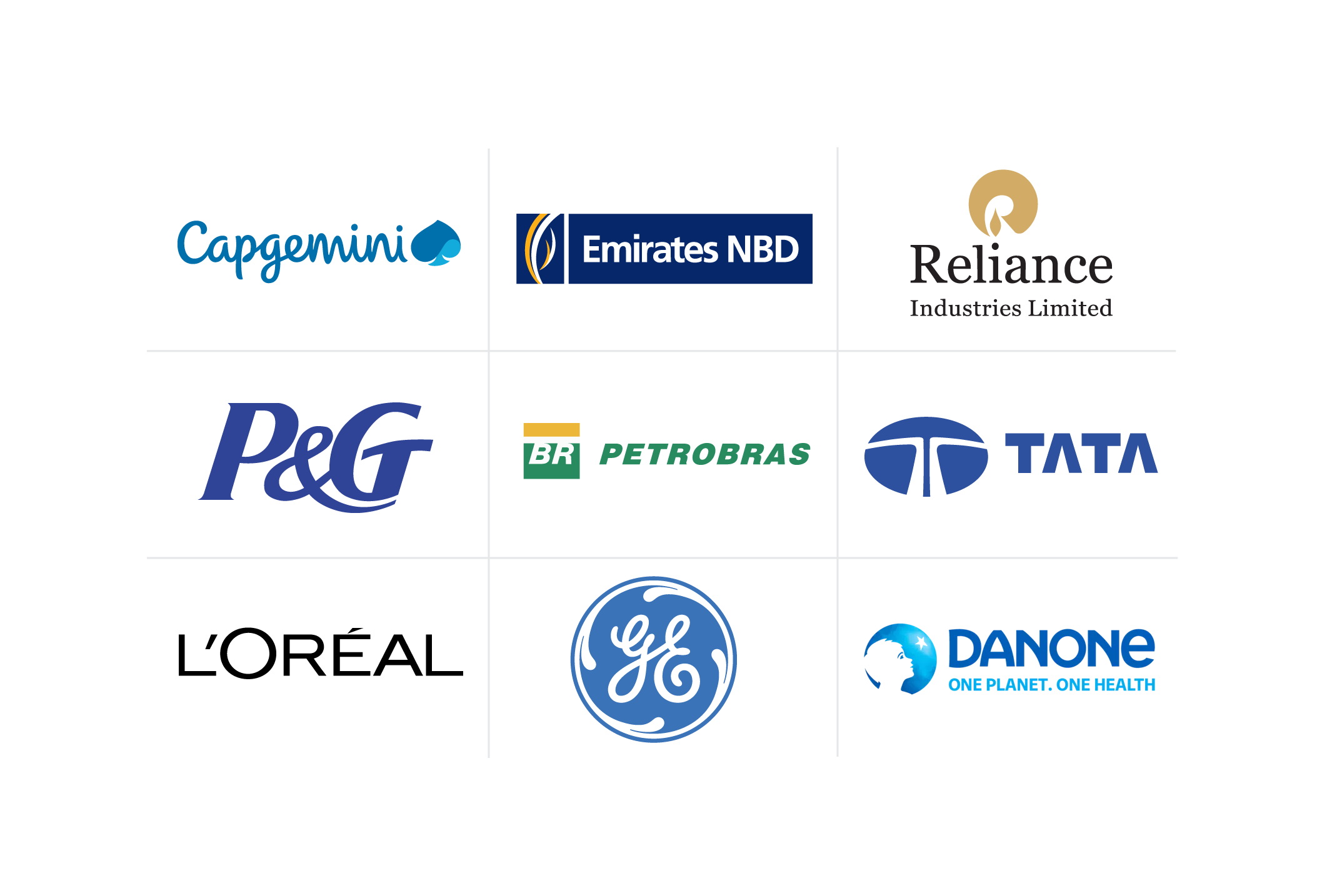Workforce Skills Development for Companies: A Comprehensive Guide to Nurturing Growth
Learn about the importance of workforce skills development, including how to identify areas for improvement, tips for implementing a development program, and how to measure the success of your initiatives.
![[Featured Image] A group of coworkers sit at a table with their laptops, participating in a workforce skills development class.](https://d3njjcbhbojbot.cloudfront.net/api/utilities/v1/imageproxy/https://images.ctfassets.net/2pudprfttvy6/5TwrMLFqv6qeFoaDCOw4cg/8a1d5d7f7b31b3228f7f7652e341d5a3/GettyImages-1019305932.jpg?w=1500&h=680&q=60&fit=fill&f=faces&fm=jpg&fl=progressive&auto=format%2Ccompress&dpr=1&w=1000)
One way to ensure your workforce is equipped with the skills required to meet business demands is through workforce skills development. Not only does it help employees do their jobs better, contributing to the business's overall success, but workforce skill development can also improve retention rates thanks to benefits like increased job satisfaction, competence, and feeling valued as a team member.
The significance of workforce skills development
As the skills required to perform work-related tasks evolve, it’s essential to provide employees with opportunities to grow their abilities continuously. This dynamic approach enables your organization to set itself up for the future. As technology advances and industry demand shifts, valuing skill development can better prepare a business to weather these changes.
Treating employees as assets and supporting their learning efforts ultimately benefits all parties, boosting productivity and morale [1]. By supporting workforce development, you’re making it easier for your employees to do their jobs to the best of their abilities, which not only lends itself to an efficient workplace but also one where people engage in their work and feel valued.
Key areas for workforce skill development
When identifying areas for workforce skill development, a key consideration is what your employees want. In addition to benefiting your team or business objectives, a workforce skill development program should largely consider individuals' career goals and what they want to learn to progress in their careers. Employees are often looking to advance their skills in multiple areas, including technical skills, workplace skills, and leadership training.
Technical skills
Technical skill development is especially important in several industries, with computer programming being among the most in-demand skills in today's workplace. Beyond computer programming, artificial intelligence is becoming increasingly prevalent, and this trend will likely only continue as it changes the way jobs are performed.
Workplace skills
Workplace skills also carry immense value. The ability to effectively communicate, think creatively, and collaborate alongside team members is critical to a business's success. Regardless of the position, workplace skills carry over from role to role and benefit performance.
Leadership skills
Through leadership skills training, you can prepare your organization's current and future leaders for success. Additionally, leadership training opportunities can help retain employees with goals to advance in their careers. Leadership training entails various skills, including delegation, project planning, conflict resolution, time management, and innovation.
Learn more: Explore Coursera's Leadership Academy

Developing a comprehensive workplace skills development program
A comprehensive workplace skills development program not only considers the needs of your business, such as preparing an employee to fill a vacant role or expanding their responsibilities, but also considers the employee's goals. Conversations in which you learn about areas your workforce wants to continue developing their skills to better perform their jobs are valuable. It is similarly essential to identify gaps in your business where upskilling an employee can address the problem.
Performing a skill assessment is a valuable way to learn about the skills employees have, so you can make informed decisions about areas to focus on skill development and fill any identified gaps. Several assessment methods exist. You can have employees assess themselves through a questionnaire that asks about their strengths and weaknesses or have employees assess other members of their team through peer reviews and feedback. Alternatively, a performance appraisal will allow you to observe employees' abilities and how they relate to their performance. Other methods include practice exercises and testing to assess abilities.
Incorporating technology and online learning
Incorporating technology and utilizing online learning platforms makes workforce development more flexible, with options such as online learning modules and virtual instructor-led courses. Learning management systems make skill development accessible from home on a centralized platform where you can track performance and provide consistent learning experiences to employees.
Overcoming challenges in workforce skills development
Workforce skills development presents some challenges, but you can overcome them with planning and consideration. One challenge employees face is time constraints between balancing their current responsibilities with the additional time investment learning new skills requires. Utilizing technology makes it possible to overcome this, allowing for flexible learning schedules through online learning. The scalability of online learning also helps to mitigate the costs of upskilling a workforce.
Another potential challenge is employees' lack of opportunity to practice new skills. To get the most out of your investment in workforce skills development, it’s crucial to provide your employees with opportunities to apply what they learn, whether that’s through new job assignments or contributing to new projects that require those skills. When looking at skill development options, pay close attention to the material to make sure it's relevant to the business objectives you are trying to reach and aligned with current industry trends.
Measuring the impact of workforce skills development
To assess the success of your workforce skills development program, track progress by comparing initial assessments to your employees' new skills. You can also use employee feedback to hear their thoughts and assess if any adjustments are needed. Some metrics to keep track of to provide more information about the potential impact of your workforce skills development program include job satisfaction and overall job performance.
Getting started with Coursera
Workforce skills development can benefit employees and employers, leading to greater job satisfaction and a more productive workforce. You can make investing in learning opportunities affordable and flexible through online learning platforms. For a comprehensive approach to your workforce skills development program, explore Coursera for Business, an efficient way to help you provide cutting-edge and convenient online training to your employees while reducing training costs and increasing retention and productivity rates.
With Coursera for Business, you can train teams across your organization in the skills that matter most in today’s digital economy. Your employees will gain access to content from 350+ leading universities and industry partners, where they can build real-world experience with innovative skills, tools, and technologies while earning globally recognized credentials. Our customizable, scalable learning solutions balance workplace skills and technical skills training in diverse formats, from video clips to guided projects and Professional Certificates. Accelerate your digital transformation and equip employees to drive growth with Coursera.
Article sources
Wharton, University of Pennsylvania. “How Professional Development Can Boost Employee Engagement, https://online.wharton.upenn.edu/blog/how-professional-development-boosts-employee-engagement/.” Accessed May 27, 2025.
This content has been made available for informational purposes only. Learners are advised to conduct additional research to ensure that courses and other credentials pursued meet their personal, professional, and financial goals.

